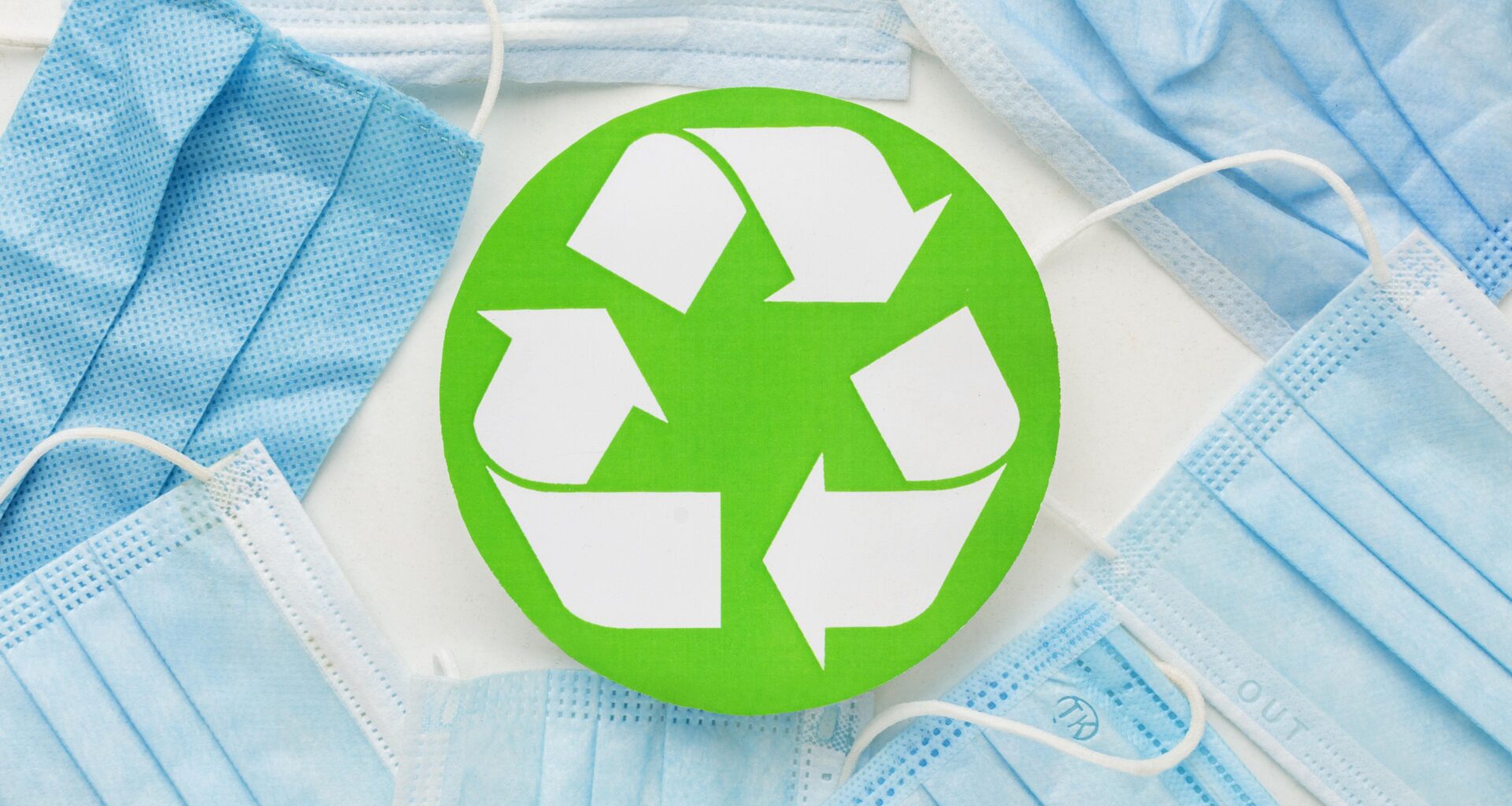Regulatory controls for medical devices, with a scope of reprocessing, delivers a compelling solution in today’s healthcare landscape. It has two direct benefits to the healthcare industry: one, it facilitates cost reduction, and second, it promotes sustainability by cutting down medical waste. However, navigating the complex world of regulations surrounding medical device reprocessing can be challenging.
This blog is a comprehensive guide, specifically aimed at healthcare professionals and medical device reprocessing facilities, to help you understand the intricacies of reprocessing regulations for single-use, reusable, and invasive devices.
Understanding Medical Device Reprocessing And Regulations
Medical device reprocessing involves cleaning, disinfecting, inspecting, and testing a previously used medical device, which is undertaken to restore it to a safe and effective condition for its intended use. This practice offers industry benefits, including reduced healthcare costs and a smaller environmental footprint. However, it’s crucial to underline that ensuring patient safety remains the absolute priority, and this is where stringent regulations come into play, providing you with confidence in the regulatory process.
The Food and Drug Administration (FDA), the governing institution for medical devices in the United States, identifies medical devices into three categories based on the level of risk associated with their use. The medical device risk classification is as under:
Class I: These are low-risk devices with the least stringent regulatory requirements. Examples include tongue depressors and bandages.
Class II: These devices pose a moderate risk and require premarket notification (510(k)) for marketing clearance. Examples include blood pressure cuffs and surgical instruments.
Class III: This medical device risk classification includes high-risk devices requiring the most stringent premarket approval (PMA) process. Examples include pacemakers and heart valves.
The key to understanding reprocessing regulations lies in recognizing the FDA’s evolving stance on reprocessing single-use devices (SUDs). Traditionally, the FDA has not favored SUD reprocessing due to concerns about compromised sterility and functionality. However, the conversation is evolving. The agency acknowledges the potential cost-effectiveness and environmental advantages of SUD reprocessing and is exploring ways to facilitate safe and compliant practices, keeping you updated with the recent regulatory landscape.
Reprocessing Considerations For Different Device Types
Now, let’s delve deeper into the regulatory controls for medical devices and explore the specific regulations and considerations for reprocessing different device types.
Single-Use Devices (SUDs): Reprocessing SUDs presents the most significant regulatory hurdle. The FDA generally considers the original manufacturer’s design and labeling, which typically prohibit reuse. However, there are exceptions. For certain Class II SUDs deemed safe and effective for reprocessing, the FDA may issue specific guidance documents outlining acceptable reprocessing procedures. Additionally, some states have their own regulations governing SUD reprocessing. It’s important to stay updated on the latest developments and consult with regulatory experts for specific guidance.
Reusable Devices: Reprocessing reusable devices is a more established practice. The FDA generally requires following the original manufacturer’s instructions for cleaning and reprocessing, ensuring the device maintains its original intended functionality. These instructions typically detail specific cleaning agents, disinfection methods, and inspection procedures. Following these guidelines is essential for ensuring patient safety and device efficacy.
Invasive Devices: Given the higher risk of infection associated with invasive devices, the FDA imposes the strictest regulations on their reprocessing. Only certain types of invasive devices, such as surgical instruments, may be reprocessed if they adhere to rigorous protocols established by the manufacturer and relevant standards organizations. These protocols often involve complex cleaning and sterilization processes to eliminate any potential pathogens.
Importance Of Reprocessing Standards And Compliance
Reprocessing standards established by organizations like the Association for the Advancement of Medical Instrumentation (AAMI) play a crucial role in ensuring safe and effective reprocessing practices. These standards outline detailed procedures for cleaning, disinfecting, inspecting, and testing reprocessed devices. By adhering to these established standards, reprocessors can demonstrate their commitment to patient safety and device performance.
Non-compliance with reprocessing regulations can have serious consequences. These include potential patient harm, device malfunctions, regulatory sanctions, and reputational damage. Therefore, it is imperative for healthcare facilities and reprocessing companies to invest in robust quality control systems and maintain meticulous documentation throughout the reprocessing process.
The Future Of Medical Device Reprocessing
The conversation surrounding SUD reprocessing continues to evolve. The FDA is actively exploring ways to facilitate safe and compliant practices while ensuring patient safety. Pilot programs and ongoing discussions may pave the way for a more regulated approach to SUD reprocessing in the future. It might be in theories now, but even in a nascent stage, these aspiring programs have a promising future in creating sustainable healthcare.
Final Thoughts
Understanding the regulatory controls for medical devices, particularly single-use devices, is crucial for ensuring safe and compliant practices. By adhering to established regulations, standards, and manufacturer instructions, healthcare facilities and reprocessing companies can contribute to a sustainable and cost-effective healthcare system. Remember, consulting with regulatory experts can provide valuable guidance in navigating the complexities of medical device reprocessing regulations along with gaining relevant healthcare information.
[Related Read: Innovative Approaches To Sustainable Medical Device Recycling]













